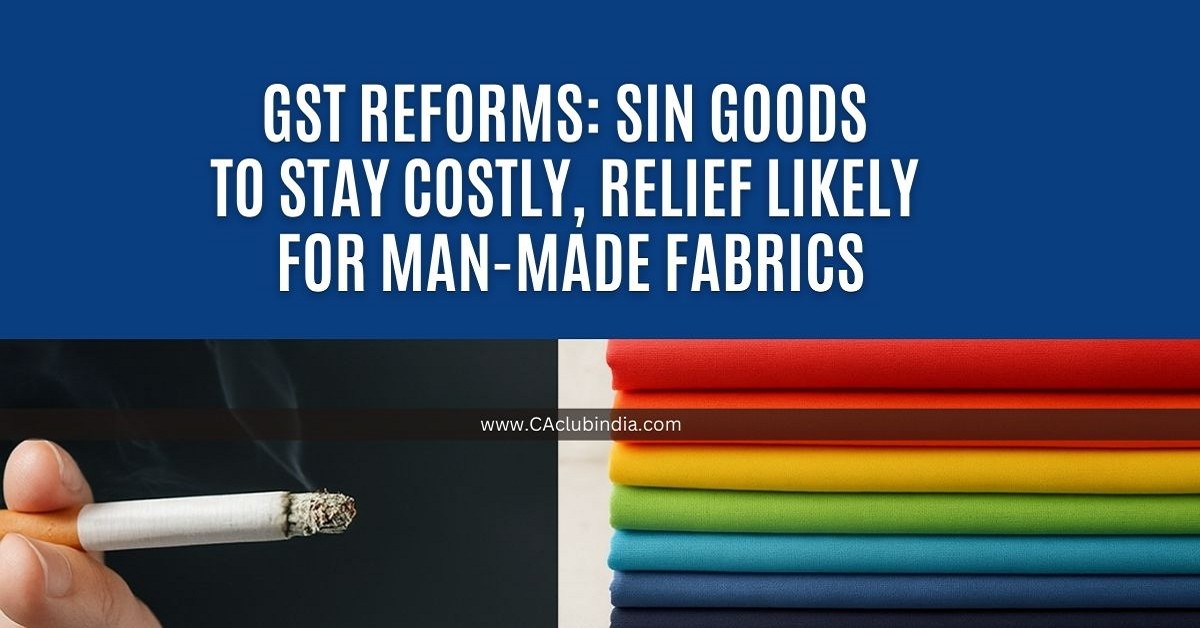As the Centre advances its plan to simplify the GST rate structure, sin and demerit goods such as cigarettes, chewing tobacco and gutka will remain insulated from any tax relief, official sources said. These products will continue to attract a higher tax burden beyond the proposed GST framework, ensuring that both public health and revenue concerns remain safeguarded.
Under the Centre's proposal, the current four-slab GST structure of 5%, 12%, 18%, and 28% would be pruned to a simplified two-tier system of 5% and 18%, with a 40% ceiling rate for select items. However, sin goods will not be brought under this framework.

Currently, chewing tobacco faces a 160% compensation cess, gutka 204%, and cigarettes are taxed heavily through a combination of GST, cess and National Calamity Contingent Duty (NCCD). This pushes their effective tax incidence far beyond the proposed 40% ceiling rate.
With the compensation cess regime set to end in March 2026, the Centre and states are expected to revisit the tax structure on sin goods to strike a balance between revenue generation and public health objectives. The matter will be taken up during the GST GoM meeting on August 20-21, 2025, chaired by the Deputy Chief Minister of Bihar.
Relief for Textile Sector: Man-Made Fabrics May Move to 5% Slab
In a parallel reform aimed at boosting the textile industry, the government is considering shifting man-made fabrics from the 12% GST slab to the lower 5% rate.
Industry stakeholders have long argued that the higher tax rate on synthetic fabrics has undermined competitiveness and increased costs across the value chain. Aligning the GST rate of man-made fabrics with that of natural fabrics could provide much-needed relief to manufacturers and MSMEs, particularly in the face of slowing global demand.
If approved, the move could narrow existing tax disparities within the textile sector, revive domestic demand and strengthen India's position in global textile exports.
Conclusion
The upcoming GST GoM meeting is expected to deliberate on broader rate rationalisation and slab restructuring. While the focus remains on simplifying compliance and boosting consumption, the government appears firm on keeping sin goods under heavy taxation, even as it considers targeted relief for priority sectors like textiles.







 CAclubindia
CAclubindia
